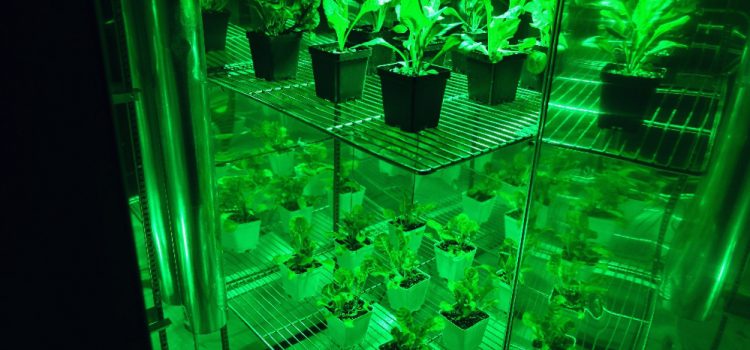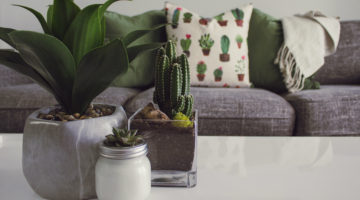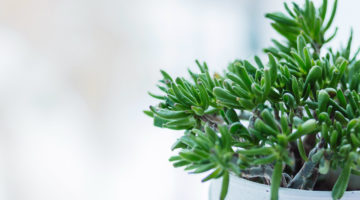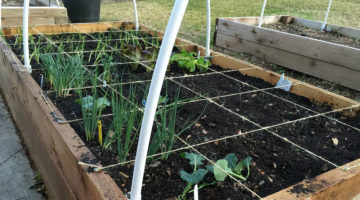On a blog about gardening and T5 fluorescent lights, we often talk about different color temperature grow lights. However, we haven’t yet talked about green-colored lights and why you should own a green-colored bulb. So let’s jump right in.
We need specific color temperature lights for our indoors gardens, because plants react very differently to different wavelength lights. For example, more blue-colored lights promote plant leaf growth, which is why white-blue lights are used in vegetative stages of plant growth. But red-toned lights are perfect for flowering plants, because they promote blooming and will help your plants develop bigger flowers or bigger yields, depending on what types of plants you are growing. But there are also green-colored lights, that growers use some times. And they, too, have a specific purpose.
The main reason to use a green-colored grow light is, so you are able to navigate your grow room in the dark cycle, if you are using specific light cycles in your grow operation. 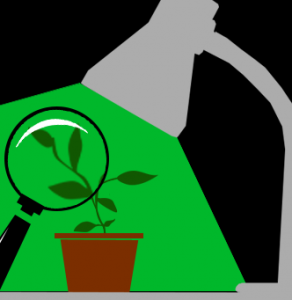 The reason for this is, because green-toned light doesn’t interrupt the dark cycle for plants, because to plants it resembles moonlight, and in moonlight even if plants recognize light, this light isn’t in the right color temperature to start the photosynthesis process, which is the reason why plants can grow and mature.
The reason for this is, because green-toned light doesn’t interrupt the dark cycle for plants, because to plants it resembles moonlight, and in moonlight even if plants recognize light, this light isn’t in the right color temperature to start the photosynthesis process, which is the reason why plants can grow and mature.
The second reason for owning a green-colored light and using it in your garden, is also to inspect your plants and to detect different plant problems. Often it is very hard to see discoloration or other problems in regular lighting, no matter if it is blue-toned or red-toned. However, green-toned light helps to reveal plant discoloration and other possible plant health problems, so you can take note of them and treat them, before you have lost your plants to them.
A question you might have is: “Doesn’t the green light affect the plants, then, because it is still light?” A study that was published in the American Journal of Botany says, that plants regard green light similarly as shade or other unfavorable light conditions, which is why your plants will act under green light as though they would be in shade. But since you will probably use the green light for extremely short periods of time, then your plants shouldn’t be affected at all, even if you are interrupting their dark period by shining a green light on them.
It is wort mentioning, that there are some botany experts who experiment with green light, to see if there might be other benefits from this light. As of right now these studies have shown that if the green light is used in addition to red light, plats exhibit slightly taller growth, if you use the green light in combination to blue-toned light, then there won’t be much different in terms of growth, but if only green light is used instead of fully dark cycle, then there won’t be real changes in the plant growth and plants will act as though they would have had a normal dark cycle.
So how and when you should you use green-colored T5 fluorescent lights?
They are best used when you want to check on your plants during their dark cycle or if you want to thoroughly inspect them for any problems like discoloration, which could be an indicator of some bigger problem. But if you want to experiment with green lights as part of your normal grow light set-up, then you can try using only the green light to get very short but dense plants, or you can swap your blue lights with green ones and use them in combination with red bulbs so your plants grow taller and they produce bigger leaves that way getting taller and more full looking growth.

